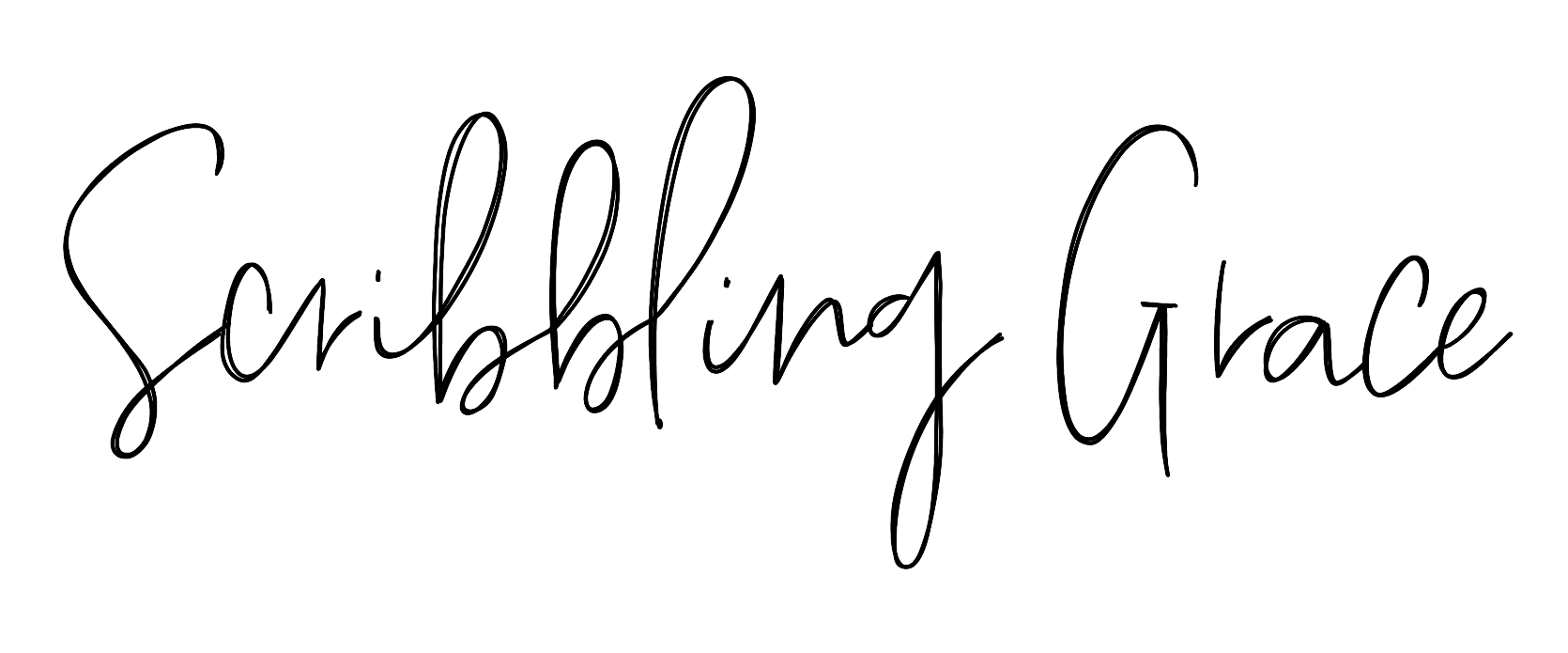Have you ever thought of using stencils for Bible journaling? If not, now is the time to try! Stencils are such a great tool for beginner and advanced Bible journalers alike. Especially for those who think you are not artistic enough to paint or draw things yourself, stencils can be your answer!

There are so many possibilities when it comes to stencils. You can use them to create backgrounds, design elements, lettering, and more. You can also use them with paints, stamps, markers, colored pencils, etc.!
Today I’ll show how I used floral stencils to create two Bible journaling pages. One with acrylic paints and one with watercolor paints. Check out the video below!
Materials Used
*This article contains affiliate links. CLICK HERE for my full disclosure*
- Martha Stewart Adhesive Stencils (link for large florals that I used for my acrylic page)
- ESV Interleaved Journaling Bible
- ESV Double Column Journaling Bible
- Apple Barrel Acrylic Paints
- Kuretake Gansai Tambi Watercolors
- Tombow Fudenosuke Brush Pen
- Unibal Signo Gel Pen
- Craft Heat Gun
- Stencil Daubers
- Q-tips, Sponges, Sponge Brush
Helpful Links
- 8 Must Have Bible Journaling Supplies
- Brush Pen Calligraphy Basics
- Brush Pen Calligraphy- Capitals
- Bounce Lettering Tutorial

Key Points
-You can find all kinds of stencils in different designs, have fun with it!
-Adhesive stencils (such as the Martha Stewart ones below) are great for watercolors because it helps prevent the paint from slipping underneath the stencil.
-When using watercolors, you want to use as little water as possible. I suggest keeping a paper towel nearby to dab off any excess water before using it on your page.
-You can use many different tools to transfer the paint to the page/stencil. Daubers are great, but you can also use items you have laying around the house; such as q-tips or sponges. Paintbrushes can also be used, though they can be more difficult- especially for more intricate designs.
-If using stamps or markers, I recommend prepping the Bible page with gesso, or using them on top of acrylics to prevent any bleed through.

